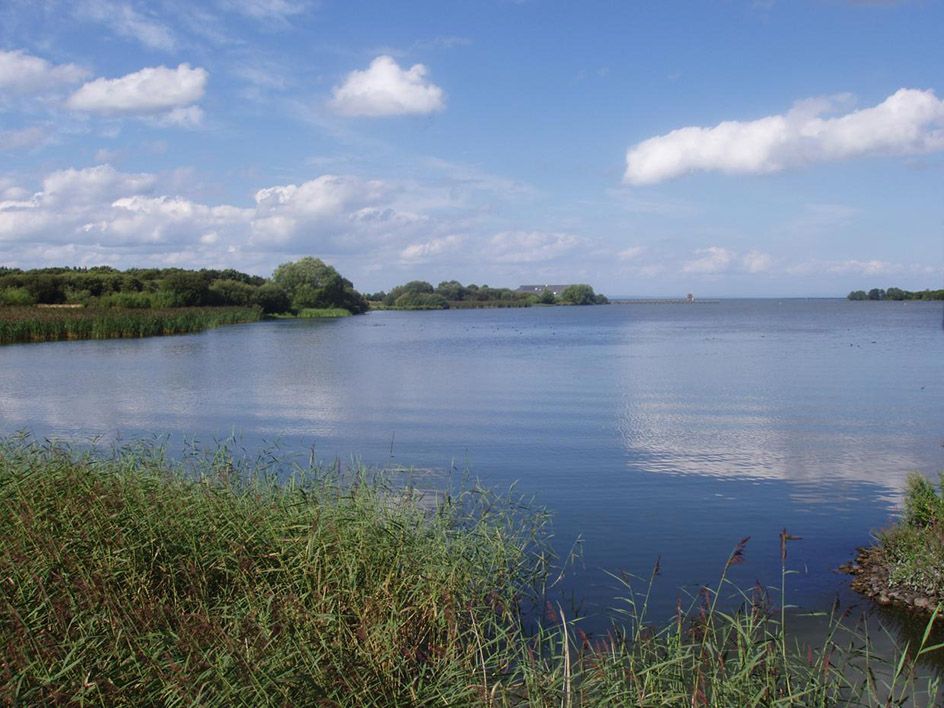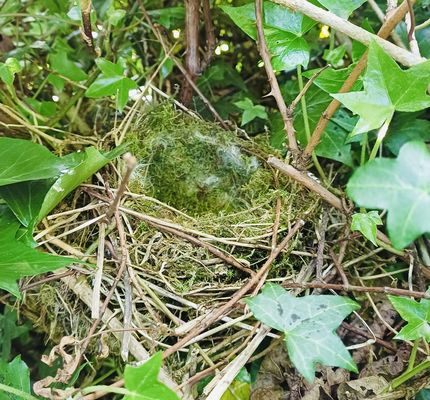IT’S a wonderful image that was burned into Dúlra’s mind last week – the crimson red sun sinking below the low mountains of Tyrone, producing a kaleidoscope of colours on the lapping expanse of Lough Neagh stretching for 10 miles out in front.
It was a breathtaking sight, although in truth it’s not actually rare. It's just that few of us ever get the chance to experience it because this incredible lough has remained hidden from most of us.
And that’s the real tragedy.
Lough Neagh is a natural beauty right on our doorstep. But for all Dúlra’s life, it’s somehow remained on the periphery. Its sheer size – at 392 square kilometres it dwarfs all other lakes in Ireland and Britain – means that it really should be central to our lives.
But it may as well be on the moon. You could live a dozen miles from its shore in West Belfast and still have no idea how to get there. Are there signposts?
And if you manage to find your way to the lough through the myriad of back lanes – as Dúlra did last week – can you actually enjoy a dander along its shores?
Are there loughside paths? Can children paddle there? Are there hides for the public to get up close to the rare birdlife? How about a simple picnic table? The coast nearest Belfast is actually 20 miles long, but to Dúlra’s knowledge you can’t even (legally) get to the water’s edge along it.
If you want a waterside picnic with your family, you’ll have to travel 34 miles from Belfast into the south Derry village of Ballyronan.
Dúlra once had the privilege of attending a wedding at Loch Lomond in Scotland, which is one-fifth the size of our Lough Neagh. He never knew Scotland had such a treasure – it was like something from the Swiss Alps yet it was just a half-hour from Glasgow. You had log holiday chalets and hotels in the shade of fir trees, pleasure boats bringing guests on tours of the islands. Oh, and for Dúlra the biggest attraction of them all – ospreys breeding on those same islands, swooping down to pluck trout from the water with their talons.
Lough Neagh isn’t in the same ballpark.
Amazingly, experts believe that partition punished Lough Neagh. You might think a mini-state would cherish that huge water feature it was designed around, but instead the state neglected the lough. It was as if it had been put into storage.
A stunning book just published in tribute to Loch nEachach reveals that in pre-partition Ireland, it was one of the economic hubs of the island, with canals stretching from it like a spider’s web.
But it somehow became relegated by a new state which was preoccupied with sectarianism.
Between 1930 and 1959 Lough Neagh's level was lowered by 1.26 metres, leading to the loss of floodplains, reedbeds and wet woodlands. As with much of the ecological collapses that are so in focus today because of climate change, we can’t blame others. Most of the most serious damage has been done in living memory, and much of it, like the purge of the lough’s breeding curlews, is being done right now.
The real decline of this great lough on the doorstep of Belfast took place in the 20th century and it’s continuing right up until today. The book – Lough Neagh: An Atlas of the Natural, Built and Cultural Heritage – reports that there has been an 80 per cent fall in wildfowl numbers with once-common birds like the curlew now near extinction. Many people feel that the government has abandoned the lough altogether, often leaving it to the private sector, which has created jobs and wealth from the lough, but largely failed to address environmental losses.
Dúlra loved last week’s walk along the road bordering the lough as the sun set. Those Lough Neagh flies were out in their millions – knowing they have no mouths so they can’t bite is little consolation – and the early evening bats were also out in force to dine on them.
The road here is as close to the lough as you can get. Thankfully there aren’t many cars, although as dusk falls it clearly becomes more dangerous for anyone walking.
Land drainage means farmland can stretch right to the water’s edge, although the farmers here are far from industrial-sized. Dúlra saw a farm animal here that’s probably our most popular to eat but, like Lough Neagh itself, is sadly hidden from us – the pig. A herd of them roamed freely in one farm near the water’s edge, clearly enjoying the countryside just as much as Dúlra.
We all know Lough Neagh was created by Fionn Mac Cumhaill, who tore out a chunk of land and hurled it at a Scottish giant. It fell in the Irish Sea, creating the Isle of Man, while the crater left behind filled with water to form the lough.
But in those days, it was surrounded by ancient forests where the osprey – called iascaire corineach (tonsured fisherman) after the bald Irish monks of those days – would have arrived from Africa each spring to nest.
Last week, Dúlra could almost imagine that magical bird of prey swooping down to pluck a pollen from the vast waters of Lough Neagh. It’s here that the barn owl has recently made a comeback, showing that despite all the setbacks, progress is possible if the desire is there.
• If you’ve seen or photographed anything interesting, or have any nature questions, you can text Dúlra on 07801 414804.









